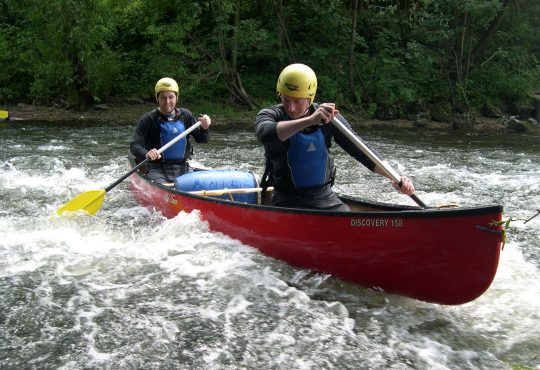
Wildlife Encounters: Safaris and Animal Sanctuaries
Exploring the wonders of wildlife is a thrilling and awe-inspiring experience. From the vast plains of Africa to the lush rainforests of South America, there are numerous opportunities to witness and appreciate the beauty of nature. Safaris and animal sanctuaries offer unique and enriching experiences that allow visitors to get up close and personal with a diverse range of animal species.
The Magic of Safaris
A safari is an incredible adventure that takes you on a journey through the natural habitats of wild animals. Africa is renowned for its stunning national parks and reserves, providing optimal opportunities for wildlife encounters. From the iconic Big Five consisting of elephants, lions, leopards, buffalos, and rhinoceros, to zebras, giraffes, cheetahs, and numerous bird species, the African safari experience is truly unforgettable.
When embarking on a safari, it’s essential to choose a reputable tour operator or lodge that promotes responsible and sustainable tourism. This ensures the conservation of wildlife and their habitats, contributing to the long-term survival of endangered species. By supporting eco-friendly practices, visitors can enjoy wildlife encounters while also preserving the delicate balance of nature.
Choosing the Right Safari
There are various types of safaris to cater to different interests and preferences. Some popular options include:
Game Drives: The most common form of safari, game drives involve exploring the national parks in specially designed vehicles accompanied by expert guides. These drives offer opportunities to witness animals in their natural habitats and learn about their behavior and conservation efforts.
Walking Safaris: For those seeking a more immersive experience, walking safaris allow visitors to explore the wilderness on foot. Accompanied by experienced guides, this activity offers a chance to connect with nature at a deeper level and observe the smaller details often overlooked from a vehicle.
Hot Air Balloon Safaris: A truly unique and breathtaking experience, hot air balloon safaris provide a different perspective of the wildlife below. Floating above the plains, visitors can witness the vastness of the landscape and appreciate the harmony of nature.
Animal Sanctuaries: A Haven for Wildlife
Animal sanctuaries are dedicated spaces created to provide shelter, care, and protection for animals in need. These sanctuaries play a crucial role in rescue operations, rehabilitation, and conservation efforts. They offer a safe haven for rescued animals, including those injured, orphaned, or subjected to illegal wildlife trade.
Visiting an animal sanctuary offers a unique opportunity to observe animals up close while also supporting their welfare and conservation. Unlike traditional zoos, sanctuaries prioritize the well-being of animals over entertainment, offering a more ethical and educational experience for visitors.
The Importance of Animal Sanctuaries
Animal sanctuaries are often the last hope for animals that have been mistreated or orphaned. They provide a second chance at life and contribute to the preservation of endangered species. By ensuring the physical and mental well-being of the animals in their care, sanctuaries also aid in raising awareness about the importance of conservation and addressing the threats faced by wildlife.
Many sanctuaries offer educational programs and guided tours to educate the public about animal welfare, sustainable living, and the significance of preserving biodiversity. Visitors can learn about the different species, their natural habitats, and the impact of human activities on these fragile ecosystems. This knowledge empowers individuals to make informed choices and actively participate in conservation efforts.
Planning Your Sanctuary Visit
Before visiting an animal sanctuary, it’s essential to do proper research to ensure they uphold ethical standards. Look for sanctuaries that prioritize the well-being of animals, provide spacious and natural habitats, and promote initiatives that aid in wildlife conservation.
During your visit, be respectful of the animals and their environment. Follow the guidelines provided by the sanctuary and avoid any actions that may cause stress or harm to the animals. Remember that the primary purpose of a sanctuary is to provide a safe space for animals to recover and live free from exploitation.
Conclusion
Wildlife encounters through safaris and animal sanctuaries offer unique and enriching experiences. Safaris allow us to witness the beauty of nature in its purest form while also promoting wildlife conservation. Animal sanctuaries provide a haven for animals that have suffered and contribute to the preservation of endangered species. By participating in these ventures, we can create lasting memories and actively contribute to the protection and well-being of our planet’s magnificent creatures.



